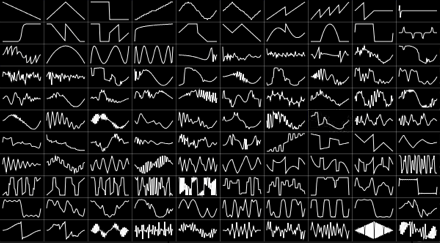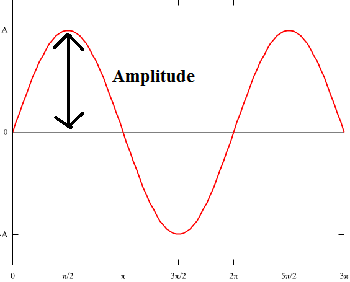Generating audio from qubits, using Qiskit.
It's sorta like wavetable synthesis but with qubit(s). A qubit serves as a phase clock rotating its azimuth 2π every period. This qubit is connected through an arbitrary quantum circuit to a qubit output. The amplitude of the output's state vector makes the sound.
Manipulating the arbitrary circuit is how you play it. What kinds of circuits make crazy sounds? Complicated circuits with lots of entanglements? Maybe you'll find out!!
Using a real quantum computer you need to collapse the output qubit into a classical register. The amount of shots you take determines the amount of noise in the sound! (isn't that cool?) Or, if you use a simulator you can read the output qubit's state directly, and have no noise.
See this? These are waves. These waves here last for one period.
Each wave is a list of amplitudes. You take a wave, repeat it indefinitely, to make a sound. The sound is pitched because it's periodic. The user sets the frequency/pitch by changing the length of the wave (or sample rate).
- The
phase clockdoesn't need to be a perfect repeating period. It could rotate in non-repeating ways, evolving the sound forward. - The
phase clockcould just be a parameter in the middle of the circuit too - Turn this into a web app
CJ Carr 2020 [dadabots.com] [cortexel.us]

